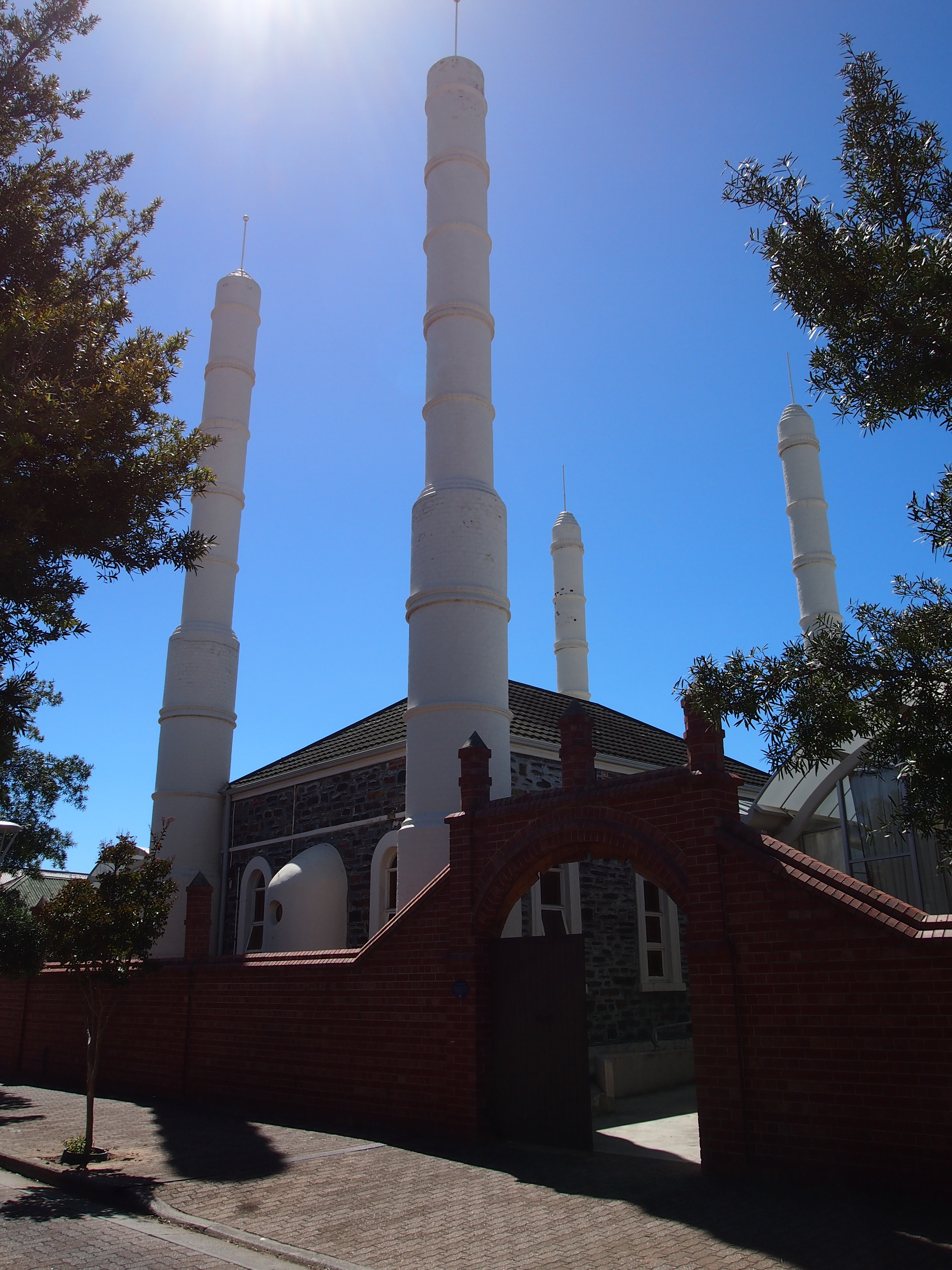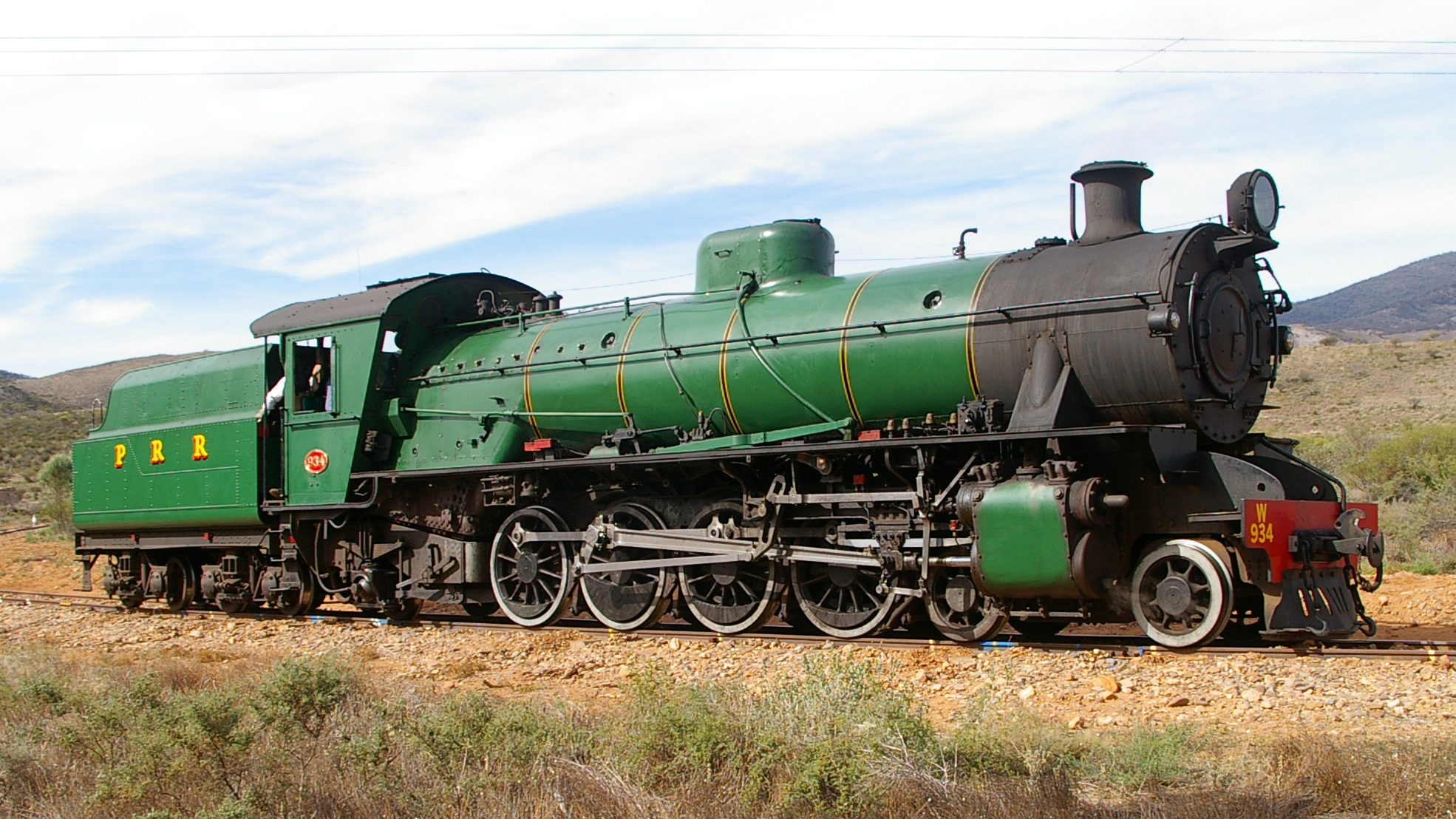|
Ghan (other)
Ghan or ''variation'', may refer to: Places * Ghan, Northern Territory, a locality in Australia * Ghan towns, a name sometimes used for settlements of Afghan cameleers in Australia People * Ghans, a name sometimes used for Afghan cameleers in Australia * Emiliano Ghan (born 1995) Uruguayan soccer player Fictional characters * Ghân-buri-Ghân (aka ''Ghân''), a character from J.R.R.Tolkien's ''The Lord of the Rings'' Rail * The Ghan, an Australian passenger train service * ''The Old Ghan'', an informal name for the former Central Australia Railway *''Old Ghan'', a steam train tourist service in Australia - see Pichi Richi Railway *Old Ghan Heritage Railway and Museum, a railway museum in Alice Springs, Central Australia. See also * * * Gahan * Gahn * Afghan (other) Afghan may refer to: *Something of or related to Afghanistan, a country in Southern-Central Asia *Afghans, people or citizens of Afghanistan, typically of any ethnicity **Afghan (ethnonym), the hist ... [...More Info...] [...Related Items...] OR: [Wikipedia] [Google] [Baidu] |
Ghan, Northern Territory
__NOTOC__ Ghan is a locality in the Northern Territory of Australia located about south of the territory capital of Darwin City, Northern Territory, Darwin at the intersection of Lasseter Highway and Stuart Highway. Naming The locality’s name is given in "recognition of the important role the Afghan cameleers in Australia, Afghans and their camels played in opening up Central Australia." It fully surrounds both the locality of Finke, Northern Territory, Finke and the community of Imanpa, Northern Territory, Imanpa. Its boundaries and name were gazetted on 4 April 2007. Heritage listed sites Ghan includes the following places that have been listed on the Northern Territory Heritage Register – the Charlotte Waters Telegraph Station, the Henbury Meteorites Conservation Reserve#Cultural significance, Henbury Meteorite Craters, the Illamurta Springs Conservation Reserve, the Mac Clark (Acacia peuce) Conservation Reserve and the Old Andado Station. Governance Ghan is located ... [...More Info...] [...Related Items...] OR: [Wikipedia] [Google] [Baidu] |
Afghan Cameleers In Australia
Afghan cameleers in Australia, also known as "Afghans" ( ps, افغانان) or "Ghans" ( ps, غانز), were camel drivers who worked in Outback Australia from the 1860s to the 1930s. Small groups of cameleers were shipped in and out of Australia at three-year intervals, to service the Australian inland pastoral industry by carting goods and transporting wool bales by camel trains. They were commonly referred to as "Afghans", even though a lot of them originated from the far western parts of British India, primarily Balochistan and the NWFP (now Pakistan), which was inhabited by ethnic Pashtuns and Balochs. Nonetheless, many were from Afghanistan itself as well. In addition, there were also some with origins in Egypt and Turkey.Afghan cameleers in Australia 3rd September 2009. Australia.go ... [...More Info...] [...Related Items...] OR: [Wikipedia] [Google] [Baidu] |
Emiliano Ghan
Emiliano Michael Ghan Carranza (born 5 June 1995) is an Uruguayan footballer who plays for Villa Española as a midfielder. Club career Ghan was born in Canelones, and was a Danubio youth graduate. He made his first team debut on 21 August 2014, starting in a 1–3 Copa Sudamericana away loss against Deportivo Capiatá. Ghan made his Primera División debut on 15 February 2015, playing the full 90 minutes in a 1–0 away win against Racing Montevideo. In January 2016, after being rarely used, he was loaned to Segunda División side Villa Española, for six months. After achieving promotion to the main category, Ghan returned to Danubio in June 2016. He scored his first goal for the club on 25 September of that year, netting the last in a 3–0 home win against Plaza Colonia. On 27 January 2018, Ghan and fellow Danubio teammate Jorge Graví joined Córdoba CF on loan for six months, being immediately assigned to the reserves in Segunda División B Segunda División B ( en ... [...More Info...] [...Related Items...] OR: [Wikipedia] [Google] [Baidu] |
The Ghan
''The Ghan'' is an experiential tourism oriented passenger train service that operates between the northern and southern coasts of Australia, through the cities of Adelaide, Alice Springs and Darwin on the Adelaide–Darwin rail corridor. Operated by Journey Beyond Rail Expeditions, its scheduled travelling time, including extended stops for passengers to do off-train tours, is 53 hours 15 minutes to travel the .Timetables Great Southern Rail The Ghan has been described as one of the world's great passenger trains. Etymology The service's name is an abbreviated version of its previous nickname, ''The Afghan Express''. The nickname is reputed to have been bestowed in 1923 by one of its crews. Some suggest the train's name honours[...More Info...] [...Related Items...] OR: [Wikipedia] [Google] [Baidu] |
Central Australia Railway
The former Central Australia Railway, which was built between 1878 and 1929 and closed in 1980, was a 1067 mm narrow gauge railway between Port Augusta and Alice Springs. A standard gauge line duplicated the southern section from Port Augusta to Maree in 1957 on a new nearby alignment. The entire Central Australia Railway was superseded in 1980 after the standard gauge Tarcoola–Alice Springs Railway was opened, using a new route up to 200 km to the west. A small southern section of the original line between Port Augusta and Quorn has been preserved as the Pichi Richi Tourist Railway. Naming Whilst officially the ''Central Australia Railway'', it has been known by a number of names. Initially the northern end point had not be determined. Government acts and the press used a number of terms prior to construction including * The Port Augusta Railway * The Northern Railway * The Port Augusta to (far) North Railway After construction, railway was referred to as ''Por ... [...More Info...] [...Related Items...] OR: [Wikipedia] [Google] [Baidu] |
Pichi Richi Railway
The Pichi Richi Railway is a narrow-gauge heritage railway in the southern Flinders Ranges of South Australia between Quorn and Port Augusta. For much of its length the line lies in the picturesque Pichi Richi Pass, where the line was completed in 1879 as work proceeded north to build a railway to the "Red Centre" of Australia – the Central Australia Railway. The Commonwealth Railways ran trains through the pass until 1980, when it ceased its by then meagre services. In July 1973 the not-for-profit Pichi Richi Railway Preservation Society Inc. was incorporated, initially to ensure conservation of the fine dry stone walls and the bridges in the Pichi Richi Pass. It became evident that the prospect of operating heritage trains was possible and after undertaking restoration of deteriorated sections of the line the Society then tentatively operated its first trains, from 1974. By 1979, following further track repairs, trains were able to travel to Stirling North – at that ... [...More Info...] [...Related Items...] OR: [Wikipedia] [Google] [Baidu] |
Old Ghan Heritage Railway And Museum
The Old Ghan Heritage Railway and Museum is an Australian railway museum in Alice Springs, in the Northern Territory. It was attached to a 3 ft 6 in gauge railways, narrow-gauge tourist railway line, now closed. The Road Transport Historical Society, which also owns the adjacent National Road Transport Hall of Fame, operates the museum. History Following the closure of the Central Australia Railway after Adelaide–Darwin rail corridor, a new standard gauge line from Tarcoola, South Australia, Tarcoola to Alice Springs opened in 1980, the Ghan Preservation Society was formed in 1981. The society operated from a site at McDonnell Siding, south of Alice Springs. A stimulus in the form of an Australian Bicentennial Authority grant of $800,000 was received in 1987, funding the construction of a replica South Australian Railways station building, and a lease arranged with the Australian National Railways Commission made it possible for the society to operate tourist trains from Oc ... [...More Info...] [...Related Items...] OR: [Wikipedia] [Google] [Baidu] |
Alice Springs
Alice Springs ( aer, Mparntwe) is the third-largest town in the Northern Territory of Australia. Known as Stuart until 31 August 1933, the name Alice Springs was given by surveyor William Whitfield Mills after Alice, Lady Todd (''née'' Alice Gillam Bell), wife of the telegraph pioneer Sir Charles Todd. Known colloquially as 'The Alice' or simply 'Alice', the town is situated roughly in Australia's geographic centre. It is nearly equidistant from Adelaide and Darwin. The area is also known locally as Mparntwe to its original inhabitants, the Arrernte, who have lived in the Central Australian desert in and around what is now Alice Springs for tens of thousands of years. Alice Springs had an urban population of 26,534 Estimated resident population, 30 June 2018. in June 2018, having declined an average of 1.16% per year the preceding five years. The town's population accounts for approximately 10 per cent of the population of the Northern Territory. The town straddles th ... [...More Info...] [...Related Items...] OR: [Wikipedia] [Google] [Baidu] |
Central Australia
Central Australia, also sometimes referred to as the Red Centre, is an inexactly defined region associated with the geographic centre of Australia. In its narrowest sense it describes a region that is limited to the town of Alice Springs and its immediate surrounds including the MacDonnell Ranges. In its broadest use it can include almost any region in inland Australia that has remained relatively undeveloped, and in this sense is synonymous with the term Outback. Centralia is another term associated with the area, most commonly used by locals. As described by Charles Sturt in one of the earlier uses of the term "A veil hung over Central Australia that could neither be pierced or raised. Girt round about by deserts, it almost appeared as if Nature had intentionally closed it upon civilized man, that she might have one domain on the earth's wide field over which the savage might roam in freedom." In a modern, more formal sense it can refer to the administrative region used by ... [...More Info...] [...Related Items...] OR: [Wikipedia] [Google] [Baidu] |
Gahan
Gahan (and its variant Gahame) is a surname with several different origins. One origin of the surname is from a reduced form of '' McGahan'', which is in turn an Anglicised form of the Irish language '' Mac Eacháin'', meaning "son of ''Eachán''". Another origin of the name, in Leinster, is from a reduced form of the Irish language ''Ó Gaoithin'', meaning "descendant of ''Gaoithín''". The personal name ''Gaoithín'' is a diminutive of ''gaoth'', meaning "wise", or "wind". In Connacht, ''Ó Gaoithin'' is sometimes Anglicised as ''Wynne'' or '' Wyndham''. Occasionally, the surname ''Gahan'' may be an Anglicised form of the Irish language ''Mac Gaoithín'', meaning "son of ''Gaoithín''", although the more common Anglicised form of this Gaelic name is '' McGeehan'' in Ulster. which cited for the surname "Gahan". People with this surname include: *Arthur Burton Gahan (1880–1960), American entomologist * Charles Joseph Gahan (1862–1939), Irish entomologist *Dave Gahan (bor ... [...More Info...] [...Related Items...] OR: [Wikipedia] [Google] [Baidu] |
Gahn
{{confused, McGahn, Gahan, Ghan (other){{!Ghan, Gan (other){{!Gan Gahn is a Swedish family, one member of which was ennobled in 1809 with the name ''Gahn af Colquhoun''. The family has claimed an unverified origin in a Scottish family Colquhoun, a claim which was confirmed 1781 in a letter by the Lord Lyon King of Arms, but on dubious grounds, as later research has shown. A claim that the Swedish noble family ''Canonhielm'' is a branch of this family has also been shown to lack genealogical substance. Notable members of the family include: *Johan Gottlieb Gahn (1745–1818), chemist and mineralogist who discovered manganese in 1774, and after whom the mineral gahnite was named. * Henrik Gahn (1747–1816), physician and student of Linnaeus, who pioneered the use of vaccine against smallpox in Sweden in 1803. * Carl Pontus Gahn, ennobled with the name ''Gahn af Colquhoun'' (1759–1825), military officer who participated in the war in Finland in 1788–1789, the cam ... [...More Info...] [...Related Items...] OR: [Wikipedia] [Google] [Baidu] |



